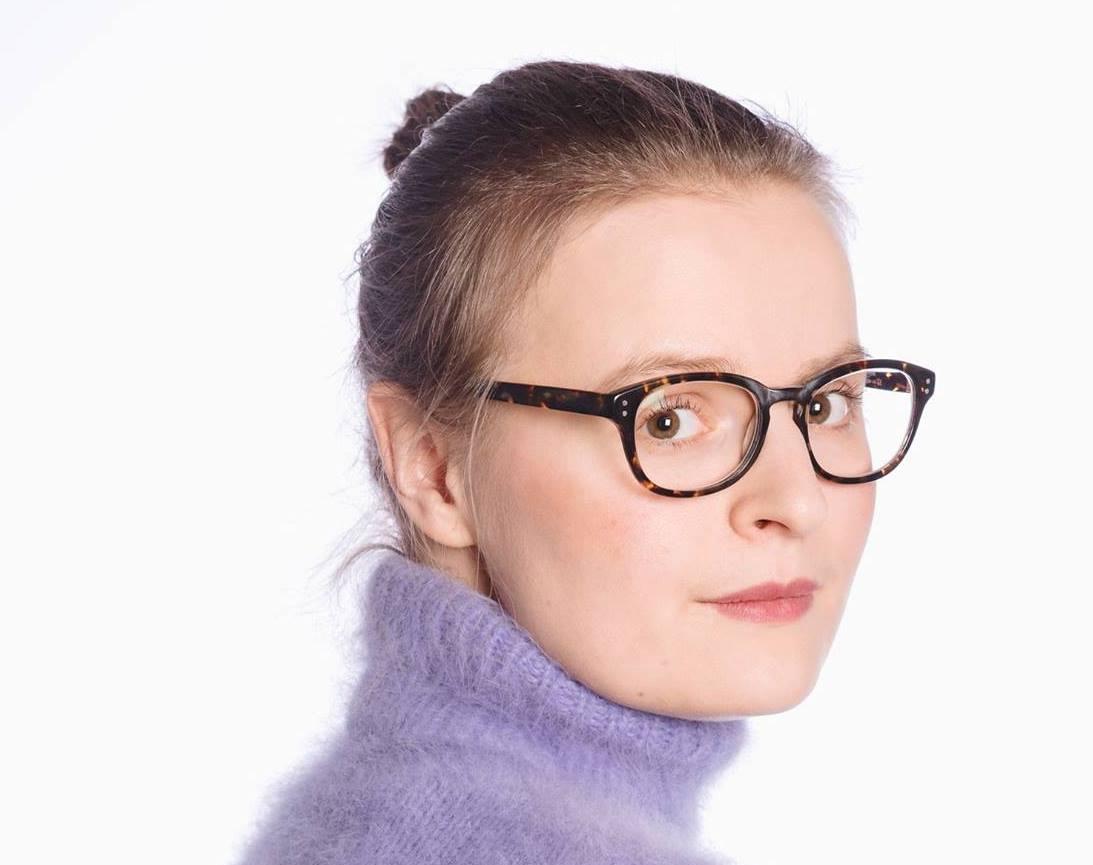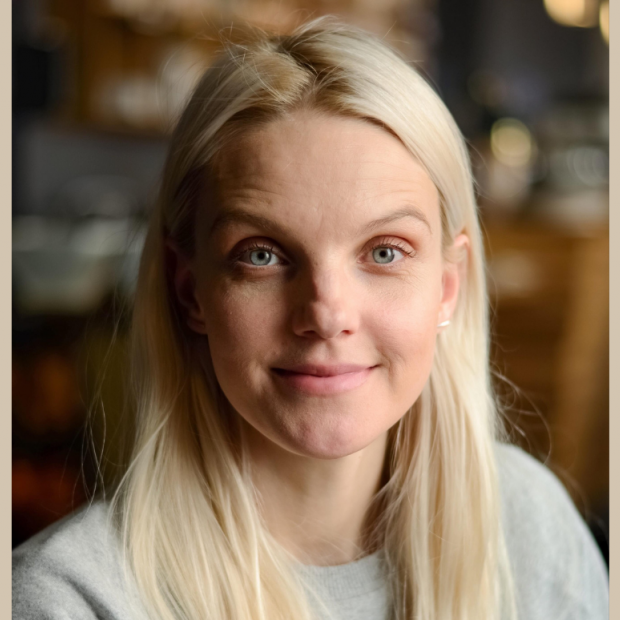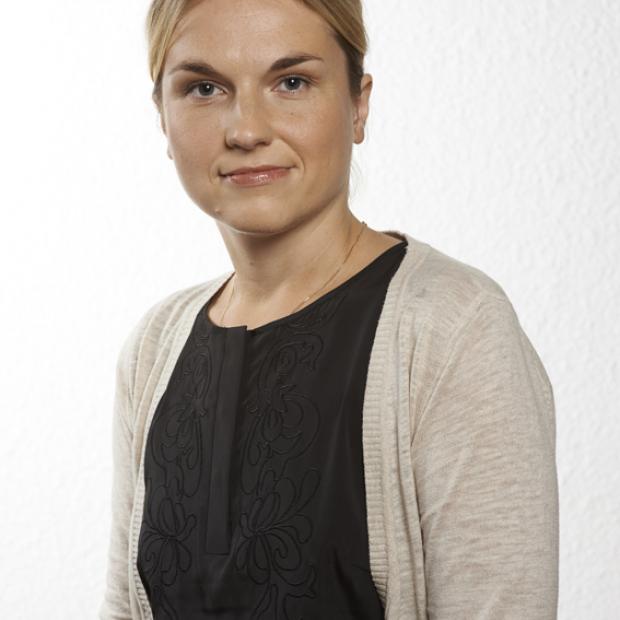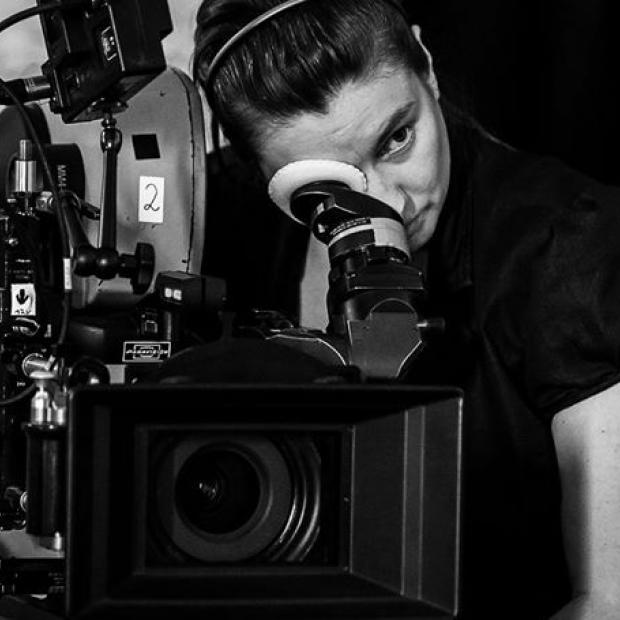The view of Estonian artists on the Soviet political-aesthetic project was ironic and playful
On 9 July 2021 at 11:00, Liisa Kaljula, a doctoral student at the Tallinn University School of Humanities, will defend her doctoral thesis Estonian Sots Art! Signs of Soviet Visual Culture in Estonian Art of the Late Soviet Era.

Estonian historians have generally viewed the Soviet Union as a regressive and anachronistic country. The picture of the Soviet project that emerges through the eyes of late Soviet Estonian artists is modern in its own terms. The Soviet Postcolonial studies, which is becoming more popular in Estonia, recognises that the Soviet state was modern by nature; in most cases, however, modernity brings about colonialism. In the doctoral thesis, this view is supported by the tension between societal Soviet modernity and cultural postmodernity in the late Soviet era.
In her monographic thesis, doctoral student Liisa Kaljula studied how the Soviet Union governed using visual culture, on the one hand, and on the other, how Estonian artists treated the Soviet political-aesthetic project in the late Soviet era. “Using contemporary vocabulary, it could also be said that I discovered the emergence of Soviet visual culture memes in late Soviet Estonian art, as Estonian artists’ take on the Soviet political-aesthetic project were of course ironic and playful,” adds Kaljula.
Research found that Estonian artists saw the Soviet political-aesthetic project as a grandiose visual-cultural spectacle, but it was increasingly difficult to take this spectacle seriously in the late Soviet era. “To the artist Andres Tolts,” comments the doctoral student, “the Soviet Union seemed like an empire of kitsch; a society where the same visual-cultural clichés circulated for decades with the help of modern reproduction techniques. From the floral chintz working gowns, to which all Soviet women could inevitably relate to, to the mass-printed Socialist Realist reproductions.”
While Estonian art historians have thus far described art that appropriates visual culture with the Anglo-American term of Pop Art, Kaljula describes it with the Eastern-European term of Sots Art. Sots Art is a regional term that is significantly less known globally, but Kaljula found that the term is more accurate for characterising works that appropriate Soviet visual culture. “By relinquishing the use of the dominant Western art term and using a regional term, we can describe Estonian art in the Soviet period in a significantly more accurate way.”
The public defence will take place on 9 July at 11:00 in hall M-648 at Tallinn University. The defence can be also viewed on Zoom.
The supervisors of the doctoral thesis are Senior Researcher Mari Laanemets from the Estonian Academy of Arts and Associate Professor Tiina Ann Kirss from the University of Tartu. The opponents are Linda Kaljundi, Professor at the Estonian Academy of Arts and Senior Researcher at Tallinn University, and Professor and Senior Researcher Andres Kurg from the Estonian Academy of Arts.
The doctoral thesis is available in the ETERA digital environment of the Tallinn University Academic Library.




